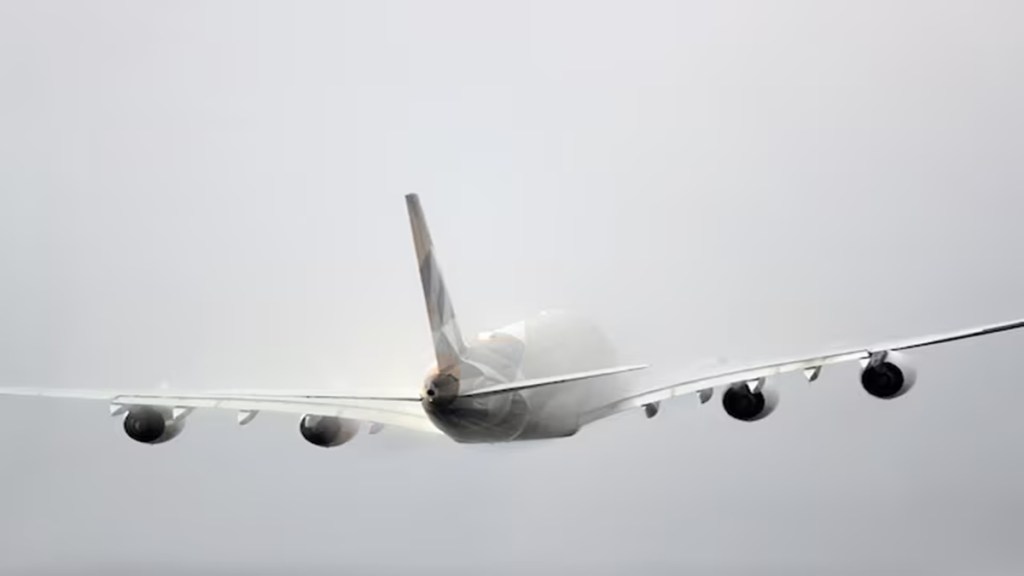At the just concluded annual general meeting of the International Air Transport Association (IATA), Emirates President Tim Clark renewed calls for India to expand bilateral air service agreements with the UAE, decrying the current 65,000 weekly seat cap as outdated and restrictive. Clark’s argument glosses over a key fact. India already offers liberal open skies agreements to countries like the US and UK where bilateral air travel benefits are more balanced and reciprocal. In contrast, Gulf carriers rely disproportionately on Indian traffic to feed their global networks, creating structural asymmetry. India’s measured stance on the UAE is not protectionist; it is strategic and long overdue. India’s separate bilateral agreements with Dubai, Abu Dhabi, Sharjah, and Ras Al Khaimah have long been skewed in favour of Gulf airlines. In 2017, UAE carriers used up nearly 90% of their seat entitlements to India.
Airlines in India, lacking comparable widebody fleets and long-haul capacity, left over 35,000 seats unused. The result: Gulf hubs like Dubai and Doha became the primary transit points for Indians flying to Europe, Africa, and North America, diverting traffic, revenue, and jobs away from Indian airports. That imbalance is precisely what India is now trying to fix. Clark may frame this as a refusal to open markets, but the reality is more nuanced. The government is prioritising domestic carriers and airport infrastructure development before ceding further ground to heavily subsidised Gulf rivals. IndiGo CEO Pieter Elbers echoed this sentiment at the same IATA meeting, rebutting Clark’s claims with a pointed reminder that if one side makes more noise, it does not mean that side is more right. Elbers’ support for the current policy reflects the government’s broader aviation vision.
Carriers like IndiGo and Air India are in the midst of major fleet expansions, with over $100 billion in aircraft orders aimed at long-haul growth. This capacity will take time to materialise, but when it does, Indian airlines intend to compete on an equal footing, not just serve as feeders for foreign hubs. For too long, India’s aviation growth has propped up international gateways like Dubai while its own airports played second fiddle. That trajectory must change. The infrastructure argument also cannot be ignored. India’s congested airports, particularly in metro areas and tier-II cities, need significant upgrades before they can handle large increases in international capacity. Adding more UAE flights without addressing these bottlenecks would strain systems already under pressure. Any decision on liberalising bilaterals must be informed by ground realities, not just market demand forecasts from foreign carriers. Unlike the UAE, countries like the US and UK offer broader, mutual benefits. Indian carriers such as Air India have robust operations on these routes and can match or exceed foreign competition.
That parity does not exist with Gulf nations, which have limited domestic demand and disproportionately rely on Indian transit traffic to maintain their international dominance. Open skies work when both sides can fly equally, but with the Gulf, the playing field is inherently tilted. Clark’s call for open skies, then, is less about equitable growth and more about consolidating Gulf advantage. India has learned from past imbalances and is right to take a cautious, phased approach to liberalisation. A unified bilateral agreement with clear benchmarks, such as seat utilisation thresholds, domestic capacity growth, and infrastructure readiness, would be a fair path forward. Expansion must be earned, not assumed.

